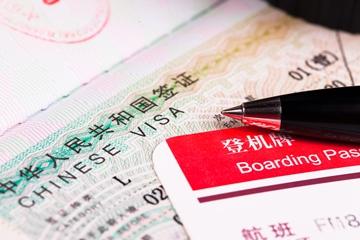Read more here
China and South Korea will ease quarantine requirements for some business travellers, Beijing’s first such move to revive essential economic activities and business travel disrupted by the coronavirus pandemic. The so-called “fast-track” entry, which takes effect Friday 1st May, will simplify entry procedures for business travellers between the two countries. Read more here
Domestic Travel
Restrictions on domestic travel have also been updated. Anyone who returns to Beijing from other low-risk areas within China is no longer required to undertake a 14 day quarantine, those travelling from Hubei or overseas however are still required to self-quarantine.
From 6th May, China will resume service charges on its motorways, which were waived during the coronavirus outbreak. This can be taken as another positives sign that COVID-19 is under control in China.
Public Health
As of 30th April, Chaoyang district in Beijing is no longer classified as a high-risk area and has been reduced to Level 2 from Level 1 (following a 4-level system rating risk, whereupon level 1 is the highest level of risk). The last local case reported in Beijing was on 15th April meaning that high-risk restrictions can now be lifted in the city.
Beijing, Tianjin, and Hebei have all now been reclassified as Level 2. This appears to be directly linked to the upcoming Lianghui and the Government’s desire to maintain a cautious stance across the region in the build-up to this key event.
Shanghai has had no locally transmitted cases over the past 37 days.
China is going to expand nucleic acid tests and increase testing capabilities, especially for key workers, so as to contain asymptomatic transmission of COVID-19.


